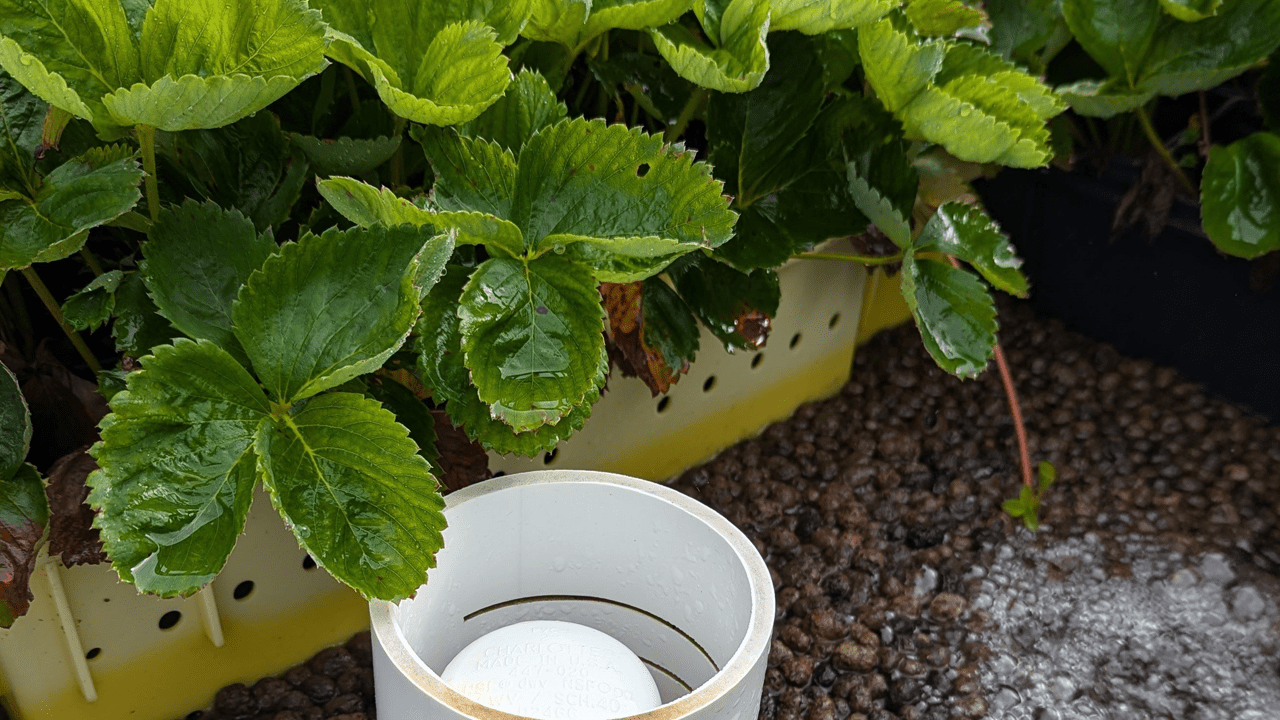Hydroponics? What is that? Literally, “hydro” is Greek for water, and “ponos”, for labor. There are a number of ways to grow hydroponically, only limited by ones means and imagination, and the amount of “ponos” you put in!
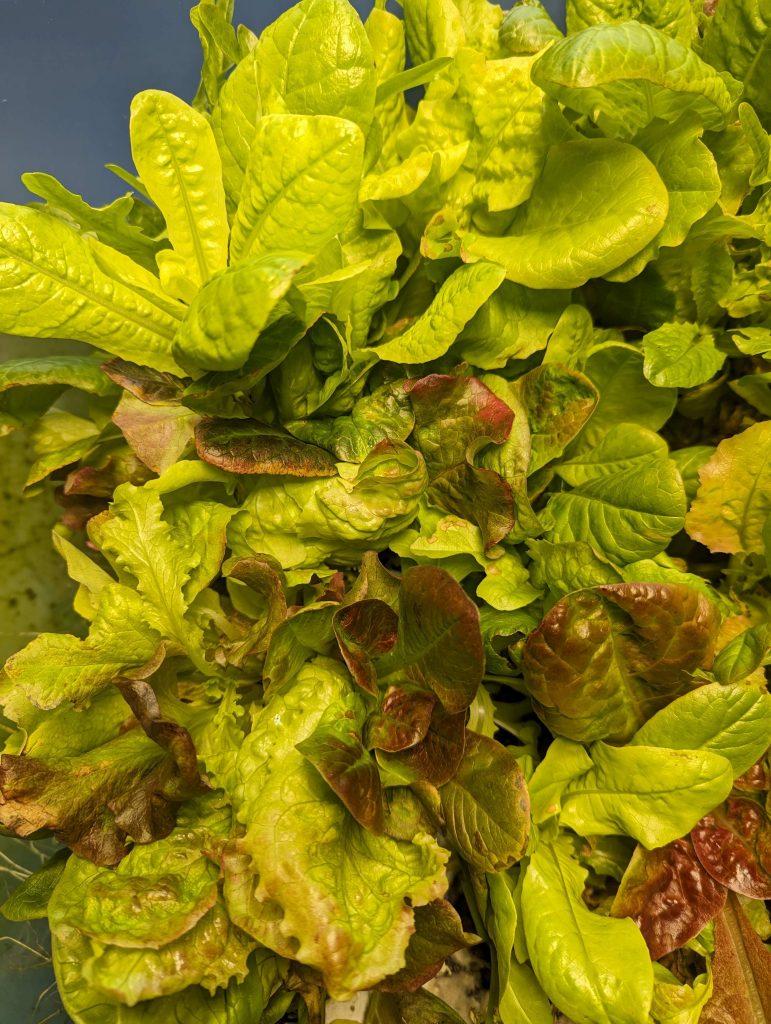
The Aeroponic System
I have written about and built a simple system based on a water reservoir and air bubbler. This system required Styrofoam insulation boards (which float) with 2 or 3” cutouts to hold net cups. The cutouts are made with a hole saw. The cups are filled with a fired clay media, and seed is sown directly into the media. The net cups may also be filled with rock wool.
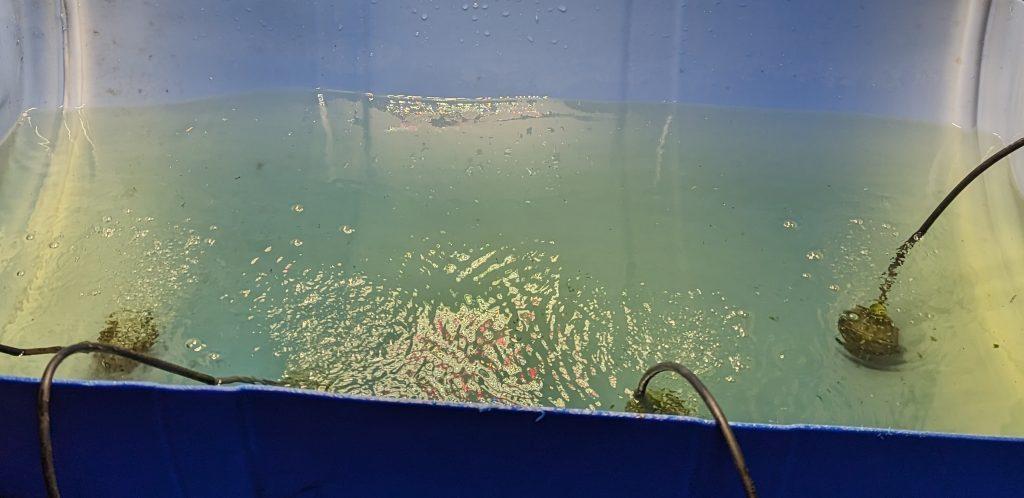
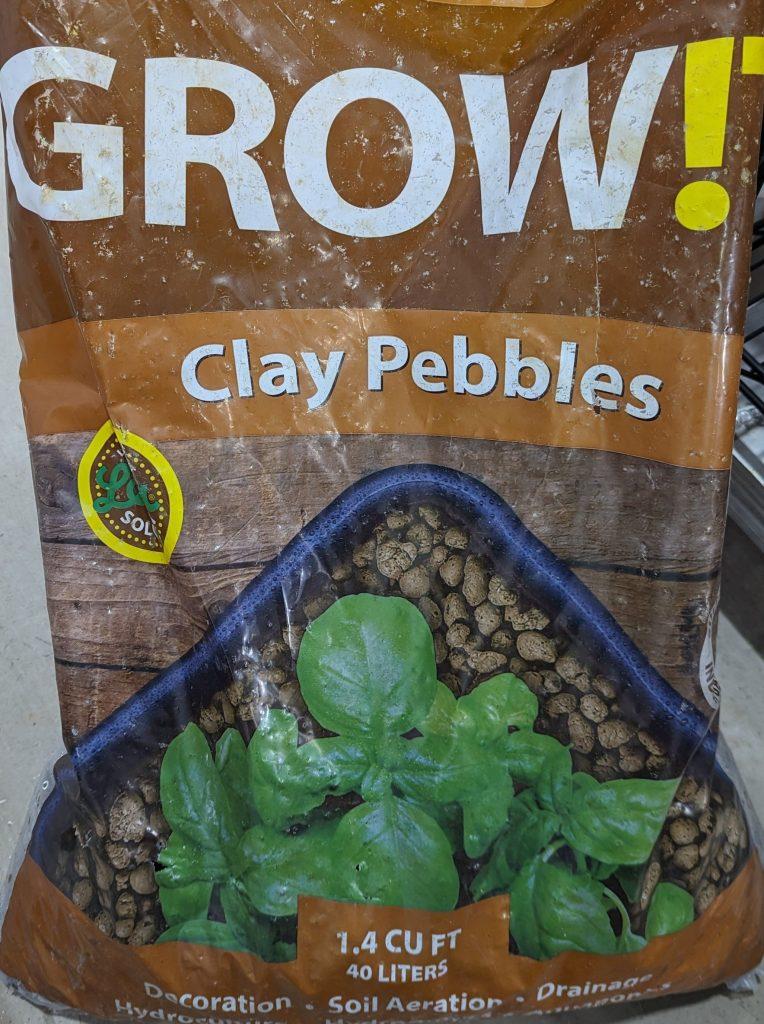
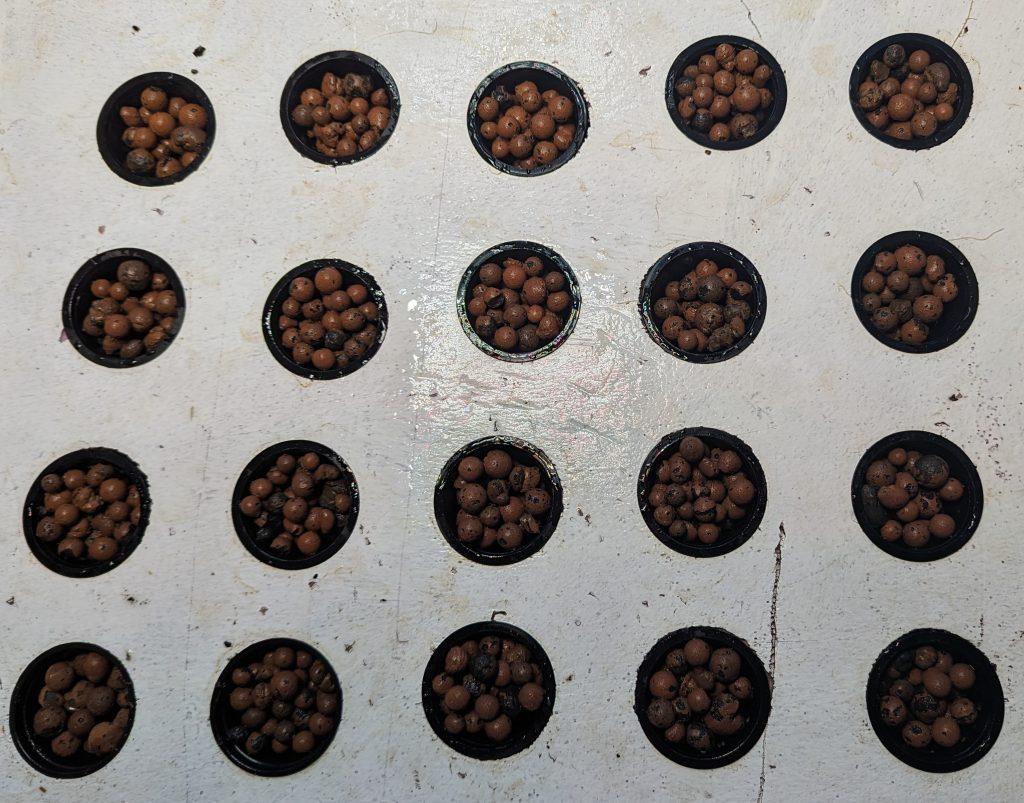
LED lighting facilitates plant growth: the blue part of the light spectrum facilitates vegetative growth, and the red part of the light spectrum facilitates flowering.
Nutrient Flow Tubes
A system can be designed using 4” plastic drain pipe. Use a hole saw to make cutouts into which you install the net cups and media. Cap the ends of the pipe and drill a fill hole near the top of the cap, and a drain hole near the bottom of the cap at the opposite end. Fit into the fill hole a tube connected to a small pond pump, placed in a 5-gallon bucket with the nutrient solution. The drain pipe is propped up on one end to allow water to flow to the opposite end with then drains into the 5-gallon reservoir. Drain pipes are sold in 10’ lengths, so you may want to cut the pipe in half and run two lines to save space.
The Food and Drain System
A second hydroponic method is a flood and drain system. In this system, seed and plants are potted in a soilless media. I use a mix of peat and perlite, but you can opt for coir and perlite as well.
Seed is sown directly and a pump floods the grow bed, which then drains via a bell siphon or drain valve. The advantage of a bell siphon is that it allows the grow bed to fill with water. A stand pipe cut to the length allows water to fill to a specified height. Once water begins to drain into the standpipe, a vacuum is initiated by the bell that is fitted over the standpipe. Once the vacuum is initiated, the water in the grow bed is siphoned out completely, hence the “flood and drain”.
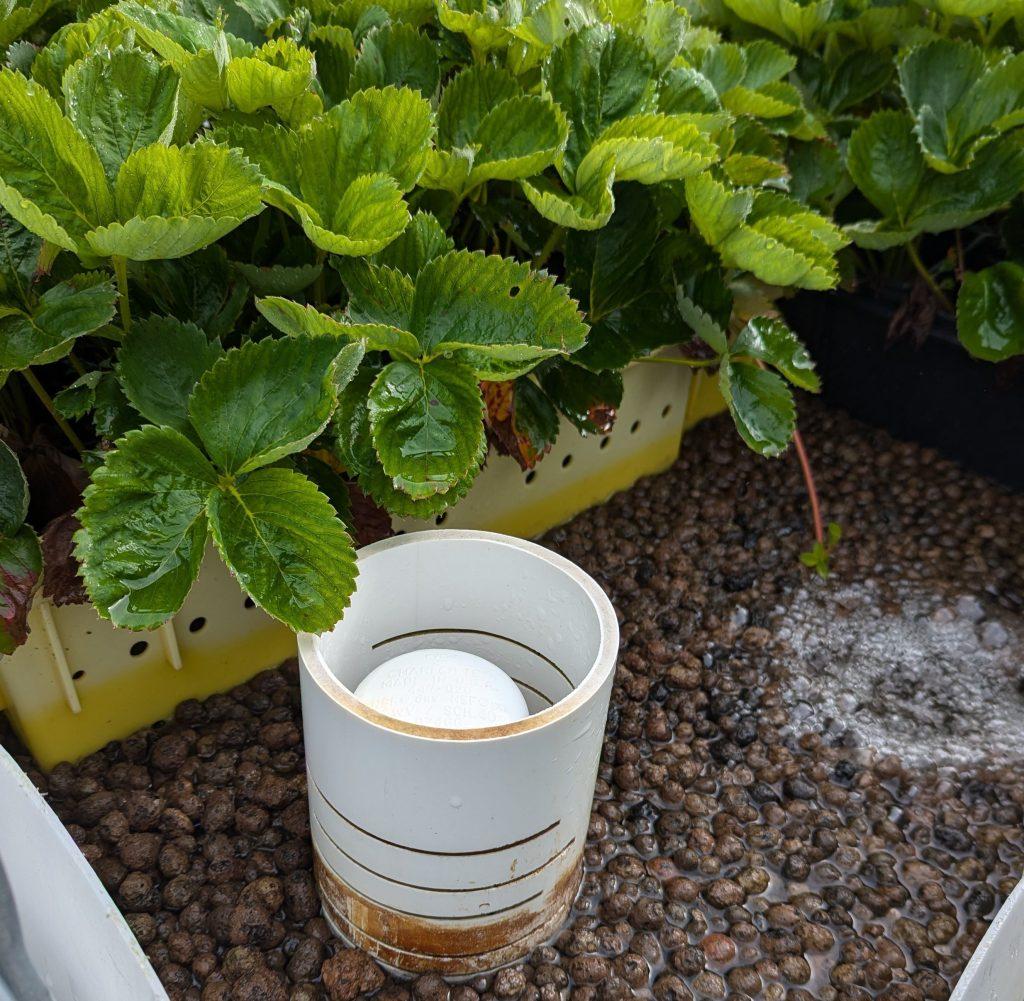
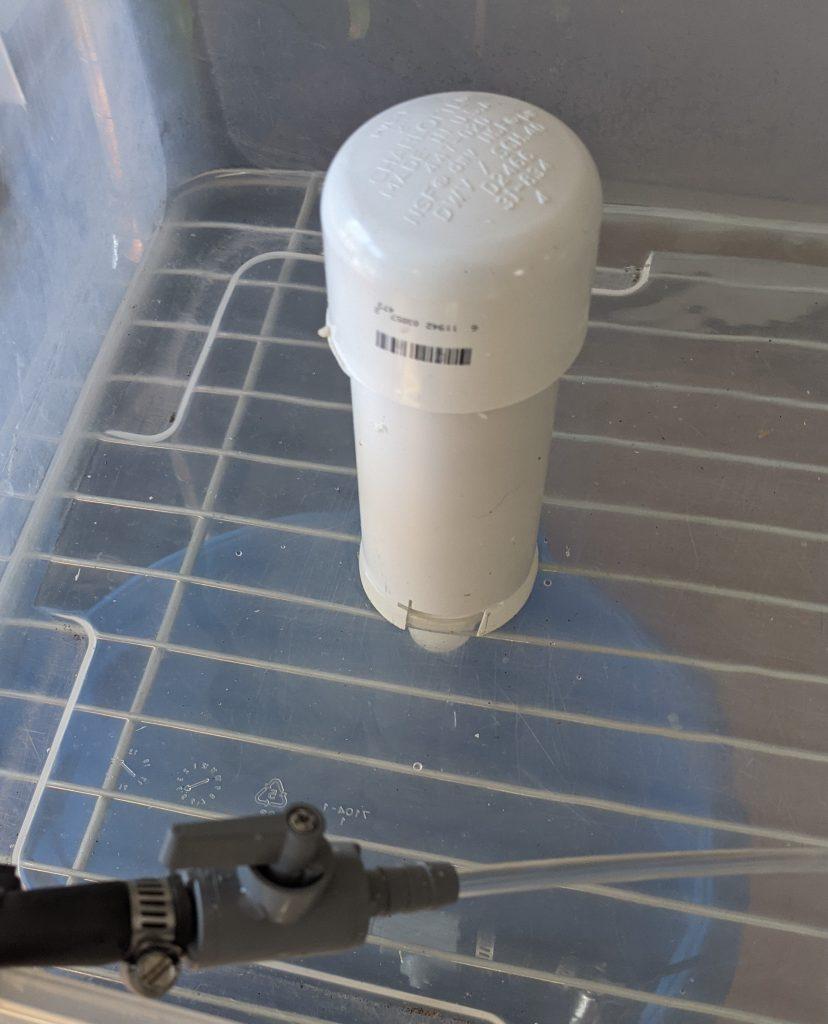
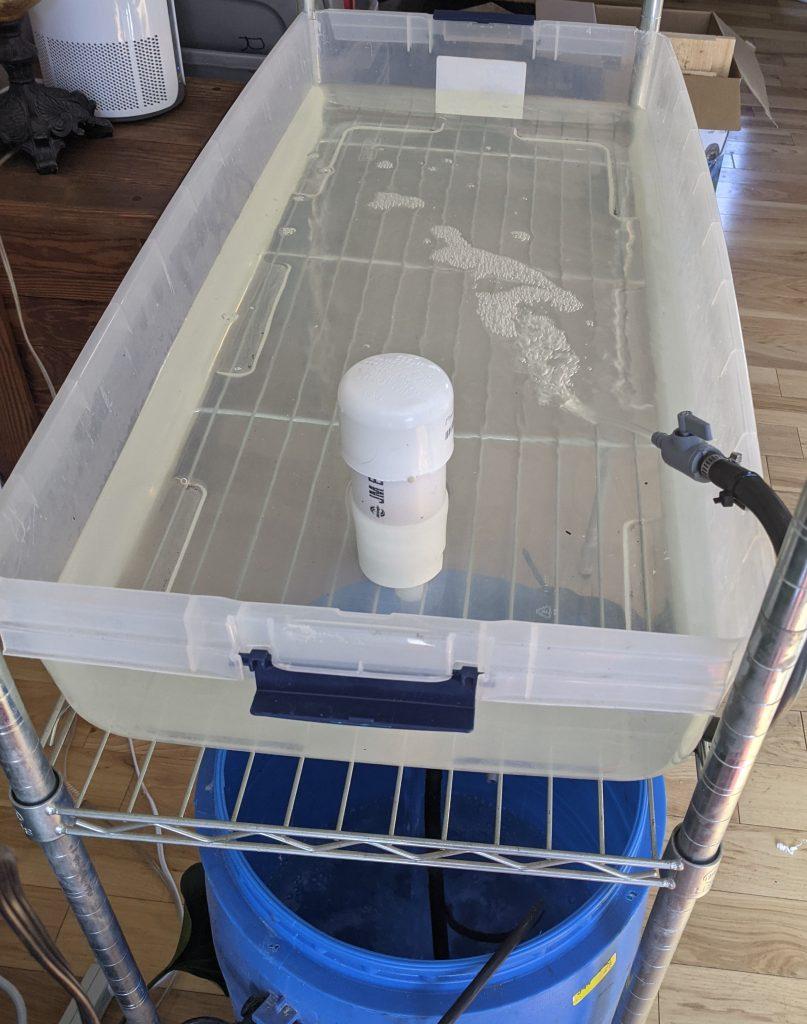
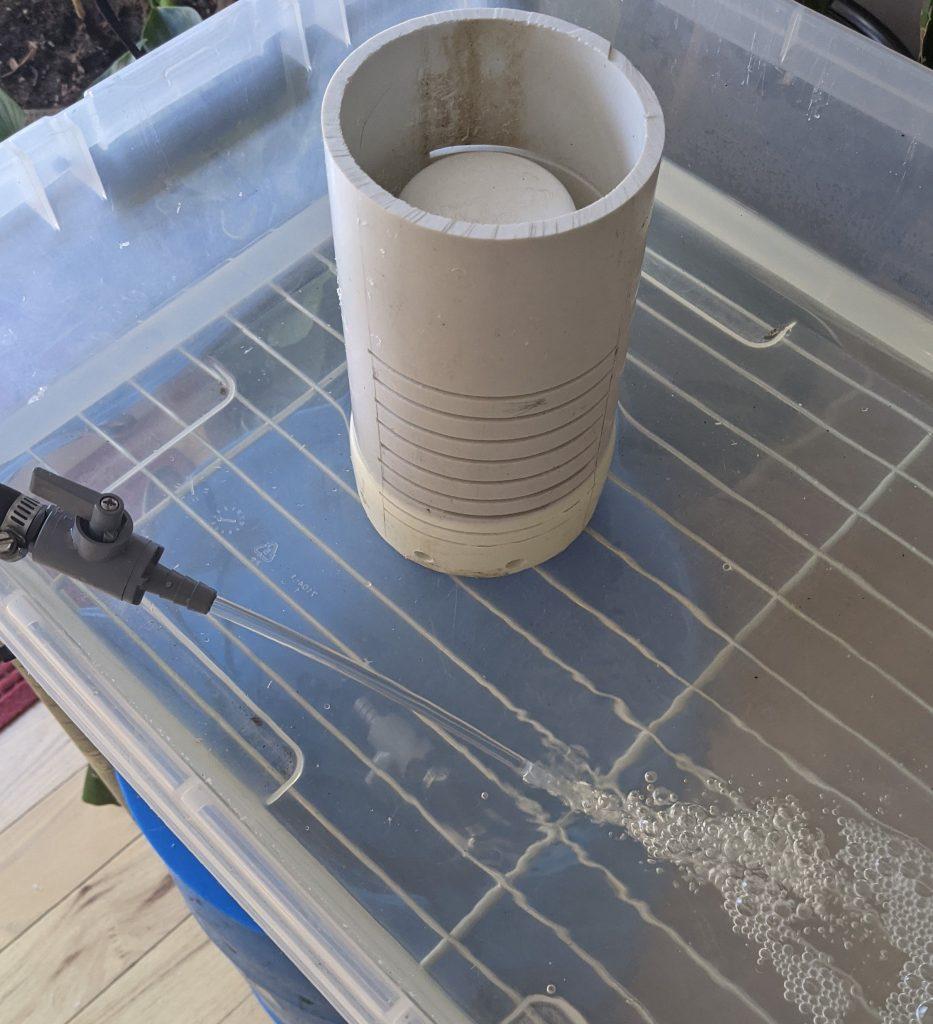
You have a choice of materials for your grow bed. They may be as simple as a plastic storage bin and 5-gallon bucket into which the system drains. I have cut a 50-gallon drum in half to use as a grow bed and have cut the base of an IBC (intermediate bulk container) as a larger grow bed. The advantage of the IBC tank is its size (40 x 48”) and comes ready made with a valve for draining. The other containers require a bulkhead fitting to fit the standpipe and bell siphon assembly.
Get Growing!
Once you have the system set up, you can sow your winter vegetable crop. I chose greens, as we eat quite a bit, including mesclun, lettuce, kale and arugula. But you can grow what you like to eat. There are few, if any limitations to growing indoors.
Add a liquid soluble fertilizer to the water reservoir, such as Baicors’ 10-9-5, Dyna-Gro’s 9-3-6, Neptunes Harvest Tomato and Veg Formula (2-4-2) or BloomPlex (8-16-5), at a rate of 5 – 10 mLs/gallon. In addition, CaliMag, a liquid source of calcium and magnesium ought to be added at 5 – 10 mLs /gallon as well.
Pros of Growing Hydroponically
And there are advantages to indoor growing. The most salient is the lack of pests. Both imported cabbage worm and cabbage looper will decimate any of your Cole crops, including kale. I love to grow kale, especially dinosaur kale (Nero di Toscano). Another advantage of indoor hydro growing is that you can continue gardening throughout the winter. In our cellar, though cool (50 – 60 F), lettuces, kale, mesclun greens do well, even thrive! Other cool season crops to consider are snap peas, water cress, basil, parsley, spinach, endive, strawberries, mustard greens and chard. Another advantage is that hydro growing is weed free! The systems are built so they are waist high, which eliminates bending.
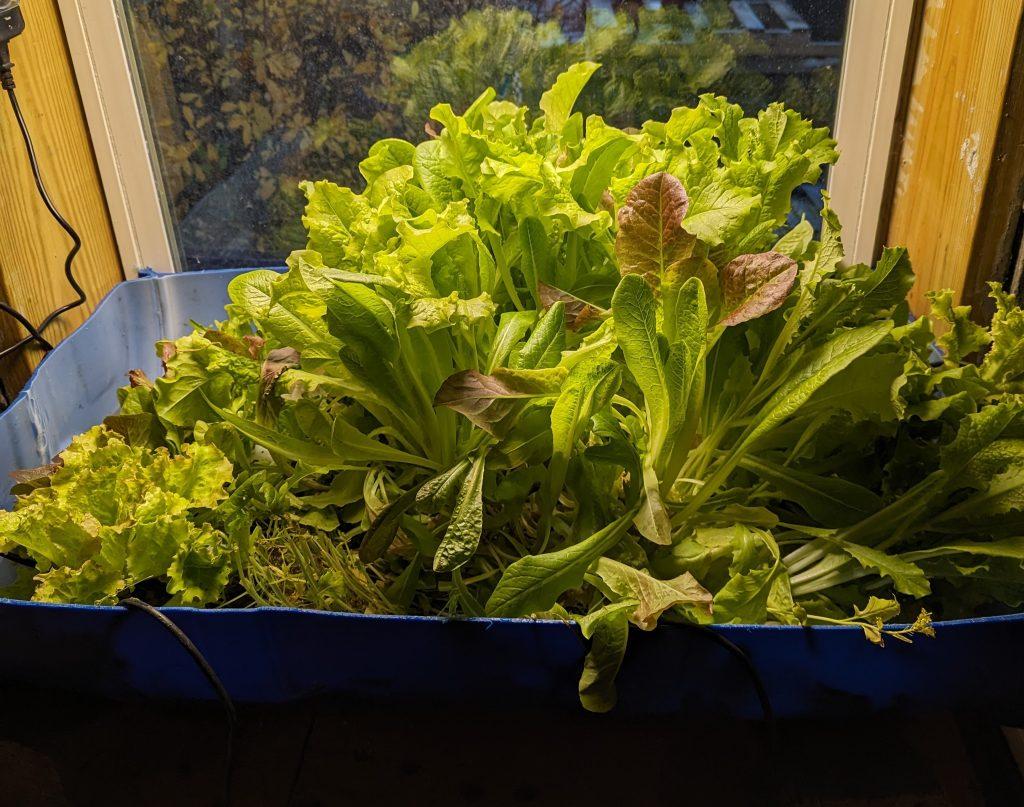
As spring approaches and the cellar warms (~70 F), sow a rotation of tomatoes and cucumbers. I recommend starting with cherry or cocktail tomatoes for growing hydroponically. Though tomatoes are self-fertile, you will need to use a small paint brush to transfer pollen, when growing indoors. Select cucumber varieties such as ‘Green Fingers’ Persian baby cucumbers or Sweet Success hybrid cucumber which are parthenocarpic, and do not require pollination.
Next time we’ll look at a very different kind of crop you can work on in winter.
~ Signing off for now, Joe

